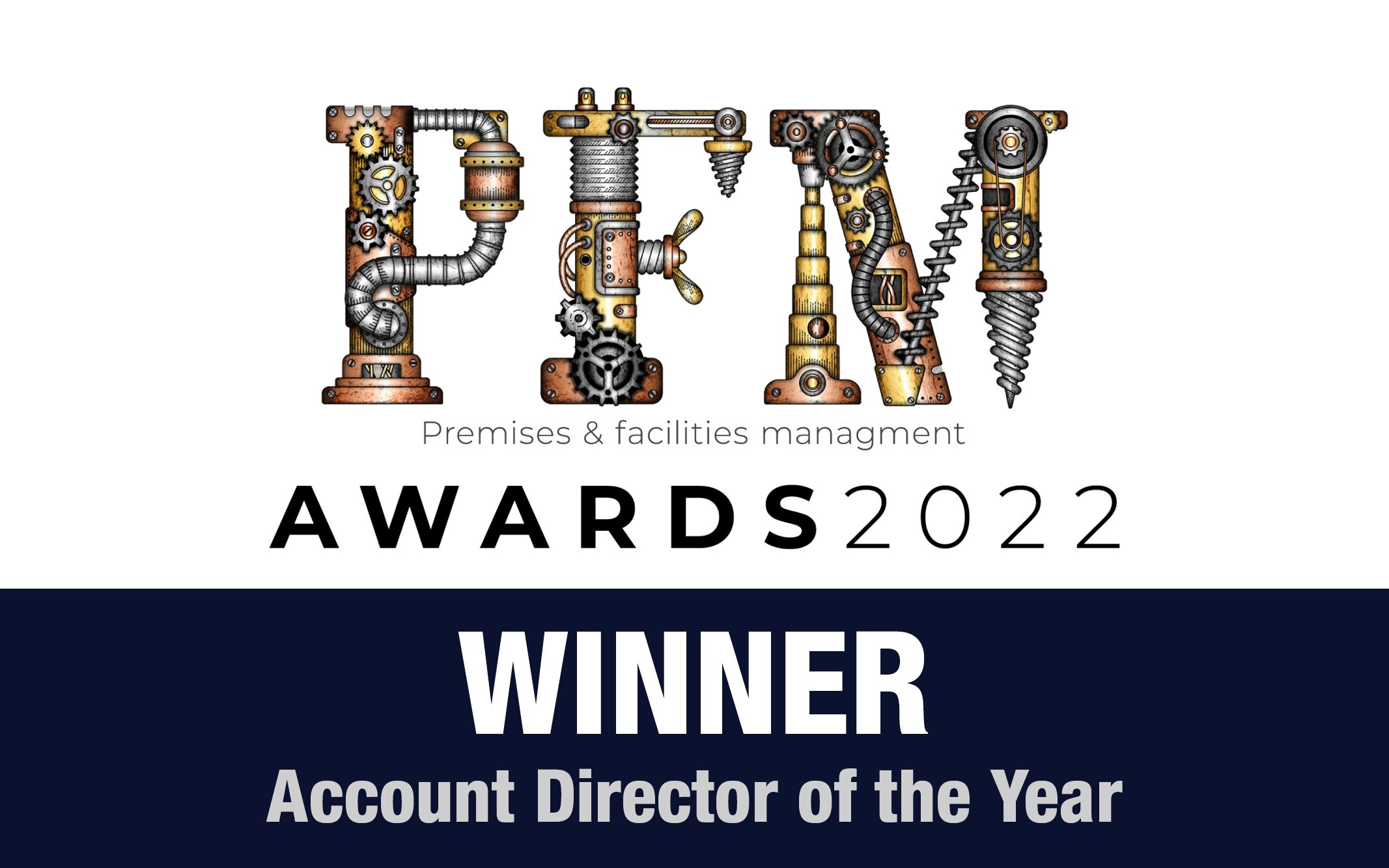





 Building & Fabric Maintenance
Building & Fabric Maintenance

 Mechanical & Electrical Maintenance
Mechanical & Electrical Maintenance



 Events & Lifestyle Services
Events & Lifestyle Services

 Logistics & Office Services
Logistics & Office Services

 Security
Security

 Catering
Catering

 Cleaning & Environmental
Cleaning & Environmental







Small Decencies


Boutique FM


Fully Engaged


Brilliant Basics


Great Experiences


FM Technology


Great People


Advocacy


Right size, Right fit


Promises Delivered





In this blog, Gemma Rigby, HR Director, discusses what components feed into a ‘virtuous cycle’ that links employee health and wellbeing with engagement and business performance.
Modern workplaces are much more dynamic and flexible than what they were before the pandemic. Employees do not need to be in the office Monday to Friday, 9am until 5pm anymore. Now, businesses are embracing flexibility and strengthening the hybrid working strategy.
This shift has also reinforced the virtuous cycle between workplace and employee. Today, more than ever, I see a connection between employee health, wellbeing, engagement, and productivity. Below are the components which I believe combine to feed into the virtuous cycle between businesses and employees.
Employee health and wellbeing
Gallup routinely publishes research on the link between worker wellbeing and business performance. In one of its recent studies, it found that that 75 per cent of medical costs accrued mostly due to preventable conditions, underlining the potential financial impact that an effective employee health and wellbeing strategy can have on a business.
As a result, the case for employers to promote health and wellbeing in the workplace becomes ever more compelling. When employees feel good physically and mentally, they have more energy, focus better, and miss fewer workdays due to illness. This translates to higher productivity, increased engagement, and better business outcomes.
Work-life balance
Flexible work arrangements help employees manage their personal lives, reducing stress and leading to a more positive outlook on work. Providing employees with the opportunity to leave earlier to pick up their children from school, or granting a little extra time over lunch to attend a dentist appointment are small examples of how flexibility can have a positive impact on work-life balance and their outlook on the business.
Reducing stress
Another study by Gallup finds that ‘engaged workers who are not thriving in their lives,’ compared to those who are ‘engaged and thriving,’ are 48 per cent more likely to encounter daily stress and 61 per cent more likely to be burned out. When employees are less stressed, they are more engaged and productive, continuing the cycle.
Wellness programs and a healthy work environment can be the perfect solution to keep stress levels down. Employee assistance programmes are becoming increasingly popular for businesses looking to offer more wellbeing support to employees. These apps and platforms can offer practical ideas and advice on how employees can de-stress themselves and can be accessed at work or at home, and explored at a pace that suits them.
Further examples of how to reduce stress in the workplace include setting up workplace events and employee wellbeing initiatives – managed by roles such as our workplace community managers. Yoga sessions, lunchtime walks, and mindfulness activities are great ways to help employees destress in the workplace.
Job satisfaction and engagement
There is a close connection between job satisfaction and employee engagement. Businesses that prioritise employee wellbeing and show a sense of worth to their employees often witness heightened job satisfaction and performance levels. This is because satisfied workforces are more likely to put in the effort and want to perform well and are subsequently more engaged.
By creating a supportive working environment where employees feel satisfied at work and enjoy their roles, organisations can retain the best talent and be confident knowing that their employees will be more productive.
Employee retention
Prioritising employee health, wellbeing and engagement can lead to a lower turnover. This, in turn, ensures continuity and stability within the organisation. Supportive working environments where employees feel valued and cared for can help retain the best talent and attract new, top talent into the business.
In conclusion, the move towards a more flexible and employee-centric work environment is not just about keeping workers happy. It is a strategic investment in a company’s success. By prioritising employee health, wellbeing, businesses can directly impact factors like productivity, engagement, and retention. This creates a virtuous cycle where a healthy and supported workforce fuels positive business outcomes. It is a win-win for both employers and employees in today’s dynamic hybrid working landscape.



















